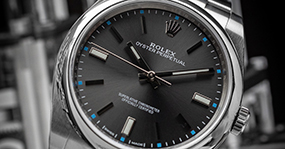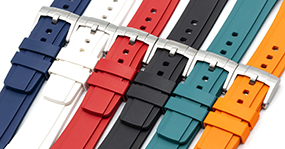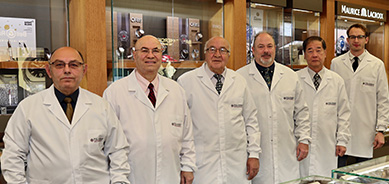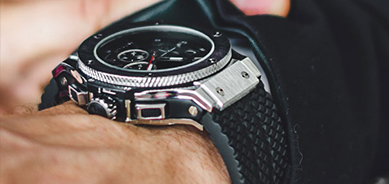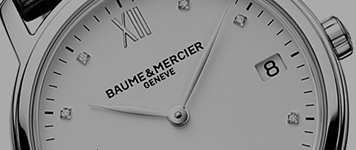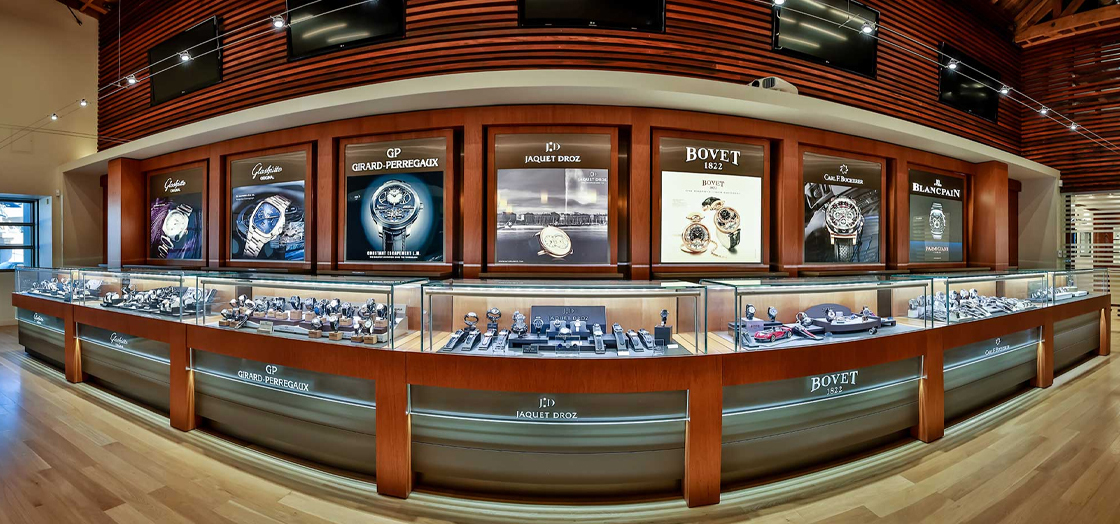
History, Horology and the Modern Watch Collector
In the beginning of 1987’s “The Princess Bride,” the grandfather tries to convince his sick grandson who stayed home from school that the book he is about to read to him is exciting. He says the book has fencing, sports, fighting, revenge, true love and miracles. Spoiler alert: in the end the grandson asks his grandfather to come back the next day and read it again.
I would use a similar sentiment to describe my love of watches, clocks and horology—the history, development and measurement of time. As I learned bits and pieces about how a mechanical watch works, starting with my purchase of an OMEGA Seamaster from Feldmar 14 or so years ago, I came to deeply appreciate and connect with the artistry, metallurgy, and engineering and the many crafts and levels of expertise involved in gears, springs and levers counting 86,400 seconds a day. I marvel at the fact that it’s stood the test of time: the watch movement’s design is pretty much the same as it was 300 years ago. Can you name anything from even 50 years ago that is made basically the same way and still in use today?
Watches and horology are so much more than just a way to keep time. Neil Armstrong, who in 1969 became the first person to walk on the moon, made a dramatic statement to the Queen of England and wrote similar words in the foreword to “Longitude,” an excellent book by Dava Sobel about charting a ship’s east/west position at sea. He said that without the supremely accurate ship’s clock (chronometer) that Englishman John Harrison spent his lifetime perfecting in the late 1700s, navigation on the high seas and Armstrong’s trip to the moon would not have been possible. The discovery of being able to determine a ship’s exact longitude to navigate correctly and avoid shipwrecks is a terrific, interesting story—all based on an accurate clock.
From Britain to America to Switzerland
Why do we look at Swiss branding as the epitome of accurate, luxury watches? Back in the 17th and 18th centuries, British watches were of the highest quality and most revered. England’s place at the top declined because the British guild system wasn’t flexible, while American division of labor brought together hundreds of workers under one roof to specialize and make parts that were uniform and interchangeable.
American watches evolved into the highest quality and least expensive option. As the population spread out from the big east-coast cities to smaller towns and to the west, train traffic increased, and very accurate, relatively inexpensive watches were vital for train conductors to avoid two trains being on the same track at the same time. The need for universally recognized time zones and American “railroad quality” watches became crucial.
Swiss industry representatives visited the United States for a 19th century World’s Fair and were shocked to see American watches of better quality and at lower prices than what they could produce. Long story short, the British wouldn’t change, but the Swiss adopted many aspects of the American manufacturing system and improvised to reach the top status they hold today.
Many of the world’s top innovative watchmakers were French; Berthaud and LeRoy are at the top of the list. The French laws in the late 1600s (mainly the Revocation of the Edict of Nantes) caused a long exodus of watchmakers, most of whom were educated Protestants that felt uncomfortable in the pro-Catholic France. Where did they go? To Geneva and other parts of Switzerland. One could argue that without the French religious intolerance, it’s possible that today we would hold French watches in highest regard instead of Swiss (and Germany’s Saxony region – another interesting story).
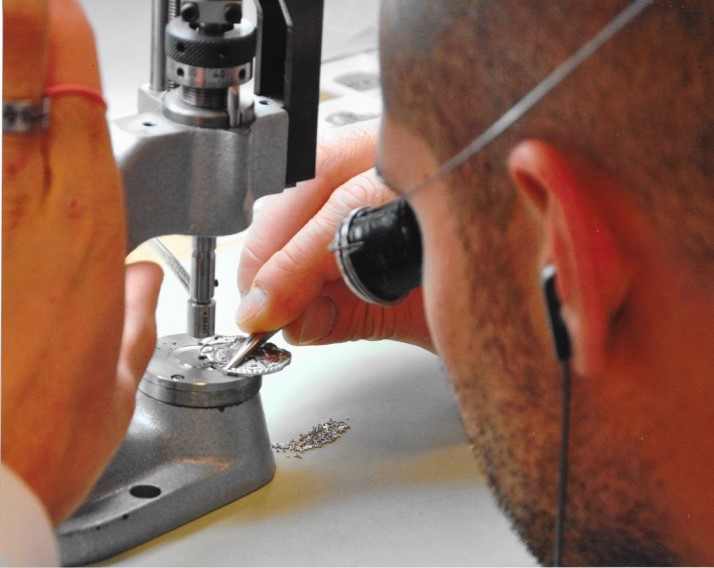
The Near-Demise of the Swiss Mechanical Watch Industry
In the early 1980s, the Swiss mechanical watch industry came to a critical juncture. The quick rise in popularity of the quartz watch and a strong Swiss Franc that increased prices to all customers outside of Switzerland had decimated the mechanical-watch business, and Swiss watch companies were unable to pay back the debts they owed to the banks. Nicholas Hayak, an industrial engineer with his own consulting firm, was tasked by the Swiss banks to sell everything to the Japanese in order to pay back their debts.
Hayak faced the demise of the watch industry in Switzerland and refused to permit it, stating “the watch industry is so important to the culture and tradition of Switzerland, that I’m not going to allow it to be sold off and die . . . not on my watch” (pun intended). The details of his story are interesting and important (the ubiquitous Swatch watch provided the cash flow to execute Hayak’s plan), but the general picture is that Hayak held off the banks, combined different companies, closed others, let thousands of workers go, and eventually was credited with saving the Swiss mechanical watchmaking industry.
The Industry’s revival includes great stories of business acumen, such as the German Gunter Blumlein who combined IWC, Jaeger LeCoultre and A. Lange into one entity so that the skills and historical watchmaking knowledge of each could be shared and live on. Charles Vermot of Zenith was a talented, dedicated watchmaker who refused his new American owner’s order to destroy the plans and sell for scrap all the tools and dies for the now-famous El Primero chronograph movement. Vermot convinced the company accountants to falsify the books and show money received from the scrap-metal sales, all the while stashing the irreplaceable plans and dies in secret places in the factory and around the town of Le Locle. That took a lot of guts. In the buttoned-up, staid Swiss-watchmaking industry, this is a great example of the passion and courage required in the quest to tell time accurately and beautifully. As Nicholas Hayak was working to save Swiss watchmaking, Vermot’s initiative allowed the El Primero chronograph movement to be reincarnated in the 1980s and become the company’s workhorse movement today.
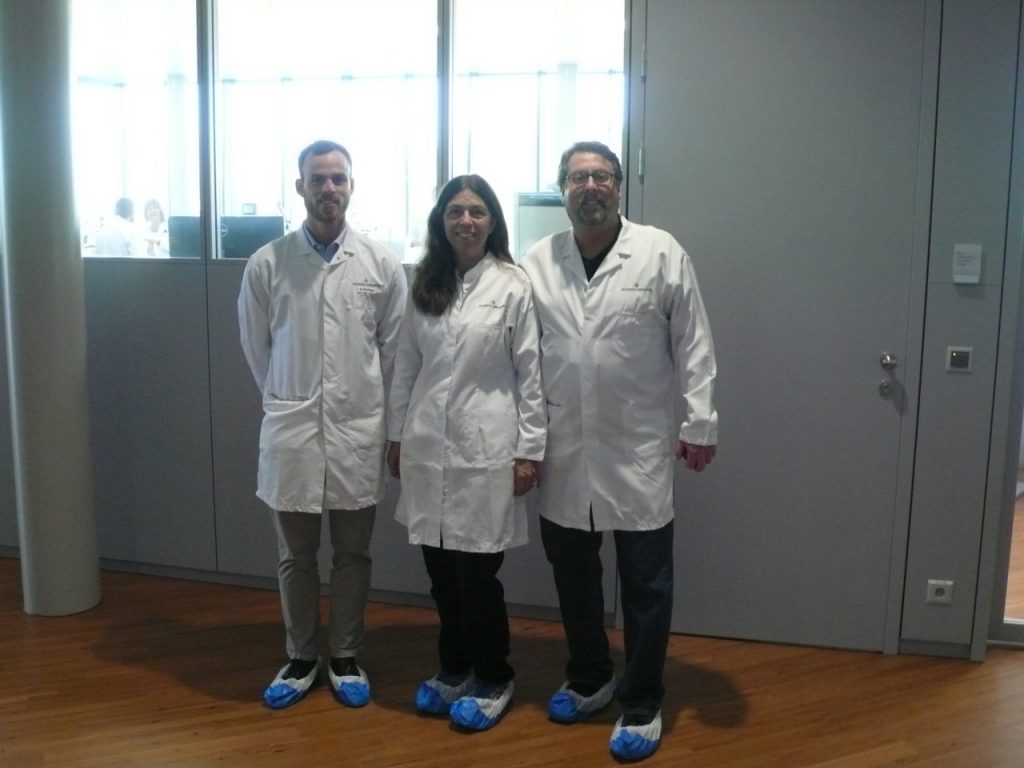
Horology: An Endless Wonder
There’s more beyond counting 86,400 seconds a day to say about my love of horology. There is so much to learn that you can return every day for a new story. There are exciting developments surrounding the mechanical wonder, the watch’s beating interior of the mainspring, gear train, balance and hairspring that ends with a “tic-toc”. We can compare the sounds of minute repeaters and understand the differences of their gongs, hammers, and case materials. The list continues with chronographs, perpetual calendars, champlevé-, enamel- or guilloche dials.
As part of a tour to a watch factory in the Swiss Jura mountains last year, I sat at a craftsman’s bench as he showed me the various tools and methods to chamfer, or bevel, the edges of a movement’s pieces to a mirror shine. I worked my way from filing the edges to a consistent 45-degree angle, through straight edges, curved ones, and very difficult inside edges.
It was a terrific exercise to better understand just how much training and precision goes into the making and finishing of a fine watch. I soaked in the view of the room, the serene look of the forest from the large windows that allow all the natural light to filter through. I felt the centuries of watchmaking tradition and was transported back to the times and places I had read about in books.



